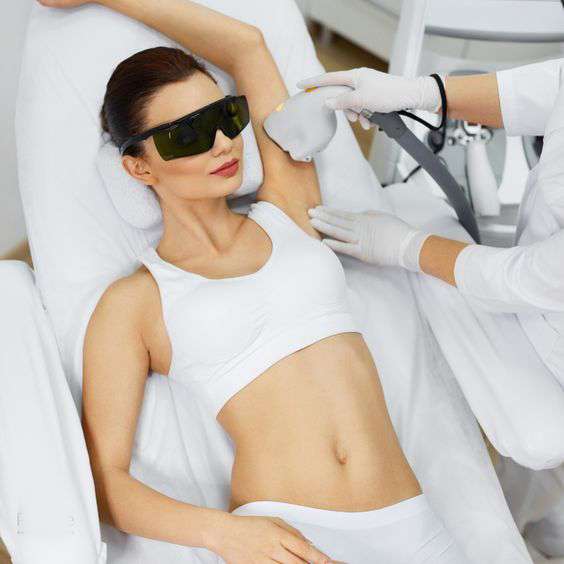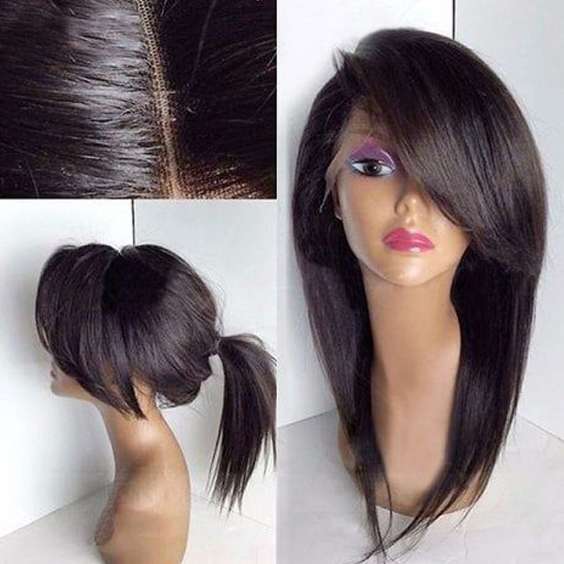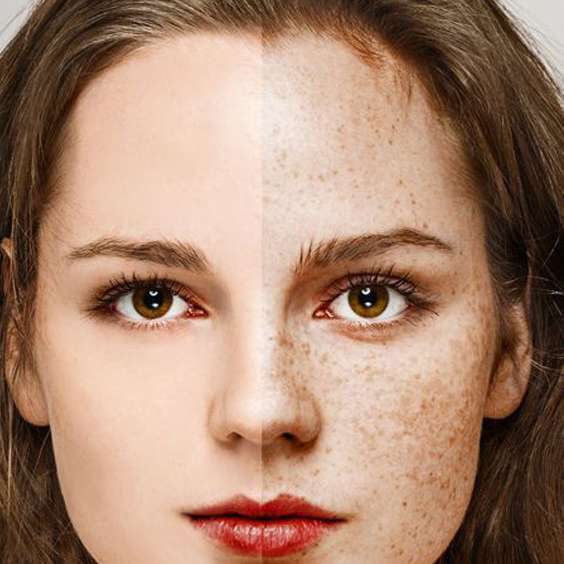Acne & Acne Scar Removal
As frustrating as pimples can be, they can leave behind lasting proof of their existence. Acne scar marks can take 3-6 months to go away; acne scar are permanent. That’s because acne causes physical skin damage due to an inflammatory response. Blood and collagen at the injured site don’t always get things back to normal, and future breakouts can exacerbate the problem.
Treatment
Acne scar treatment is available, depending on the type of acne scars you have. Scars can congregate across the surface of the skin, in a pattern called cobblestoning. There are three main
types of acne scars:
Depressed scars have an indented or pitted appearance. Usually, on the cheeks and forehead, they include rolling scars, which have broad depressions with sloping edges; boxcar scars, or broad depressions with more sharply defined edges; and ice pick scars that look deep and narrow like enlarged pores.
Raised scars are caused by cystic acne and appear as bulges of thick, protruding tissue caused by excess collage production. Usually appearing on the jawline, chest, and back, these are often called keloids or hypertrophic scars
Skin discoloration, although not technically scarring, is common. Red, brown, or white, the pigmentation may or may not fade with time. Hyper-pigmentation is when the skin appears brown, while hypo-pigmentation is lighter areas of skin where melanin is lacking. Damaged skin cells can also create permanent redness, known as an erythema.






- Dermatologist
- Eyelid Lift
- Botox and Xeomin
- Lip Lightening
- Facial Fillers
- Mole/DPN & Skin Tag Removal
- Fat Grafting & Volume Restoration
- Chin Correction
- Keloid Removal
- Face & Neck Lift
- Carbon Laser
- Tattoo removal
- Hair Removal
- Vitiligo Surgery
- Acne & Acne Scar removal
- Earlobe Repair
- Hair Fall Treatment
- Hair Wigs Services
- Hair Transplant
- Chemical Peeling
How Does Laser Scar Removal Work?
PicoSure uses revolutionary picosecond laser technology to reduce the appearance of acne scars. Its FOCUS™ Lens Array uses powerful laser light to stimulate new skin cell production to revitalize scars. As new skin cells form, acne scars will naturally fade away as the damaged tissues are replaced. PicoSure laser scar treatments are safe for most skin types.
Lasers
Laser treatment can disperse the collagen in the skin, without breaking its surface, and are used to remove the outer layer of skin. Depending on the type of acne scar, different lasers are used. A laser can remove raised scar tissue or lighten the redness around healed lesions.
Dermabrasion/Micro-Dermabrasion
With dermabrasion, a high-speed brush is used to resurface the skin or remove excess tissue associated with raised scars. A less invasive form of acne scar removal, micro-dermabrasion involves a spray of tiny crystals often in a series of treatments.
Chemical Peels: Can reduce shallow acne scars and hyper-pigmentation. The chemical is applied to remove the outer layer of skin, thereby smoothing it out. The treatment can be provided by a physician, nurse, or spa aesthetician.
Retinoic Acid: In the case of keloid scars, an acid cream is applied directly to the scar tissue to help reduce its appearance. Retinoic acid is preferred for treating certain tissue scars not reduced with Traditional Treatments.
Fillers
A filler injection can fill depressed scars rather than attempt to remove them. Collagen, fat, or hyaluronic acid may be used. These eventually get absorbed, so repeat treatments are often required every few months. Recovery time is minimal.
For most treatments, a few days of recovery are required to heal, but in the case of micro-dermabrasion and fillers, there’s no downtime. If acne has caused scarring in your skin, dermatological treatment is required if your goal is to improve your appearance. Permanent scarring is still a possibility, which is why lasers are often used; they reduce this risk.


Get Rid of Textured Skin with Acne Scar Treatment
Fotona Laser:
This treatment method is a non-surgical treatment for acne scars. The dermatologist will consider using the Fotona Laser on the acne scars that have noticeable scar edges (Ice pick scars) to make the acne scars less noticeable.
For an effective outcome, the patients are recommended to receive the treatment 3 – 5 times every month. After the treatment, the patients will have redness and a thin layer of scabs which will be gone within 5 -7 days.
Punch excision:
This treatment method is a surgical treatment that is suitable for the deep ice pick scar and boxcar scar (smaller than 3.5 mm.) types of acne scar.
During the procedure, the dermatologist or plastic surgeon will create a small cut on the acne scar and then the incision will be closed with a small stitch. Basically, the stitch can be taken off within 5 – 7 days after the surgery. The appearance of the acne scar will be improved within 1 week. Only 1 appointment for punch excision and the acne scar will be surgically removed.
Subcision:
This treatment method is a minor surgical treatment for the rolling scar type of acne scar or depressed bound down scars (e.g. the scars due to chickenpox).
During the procedure, the dermatologist will insert a special hypodermic needle into the skin surface, and then the needle is used to break the fibrotic strands that are tethering the scar in order to stimulate collagen reproduction which will improve the appearance of the acne scar. After the treatment, the patient might have a few bruises on the affected area but the bruises will be gone within 1 week and there will be no incision scar on the skin.
